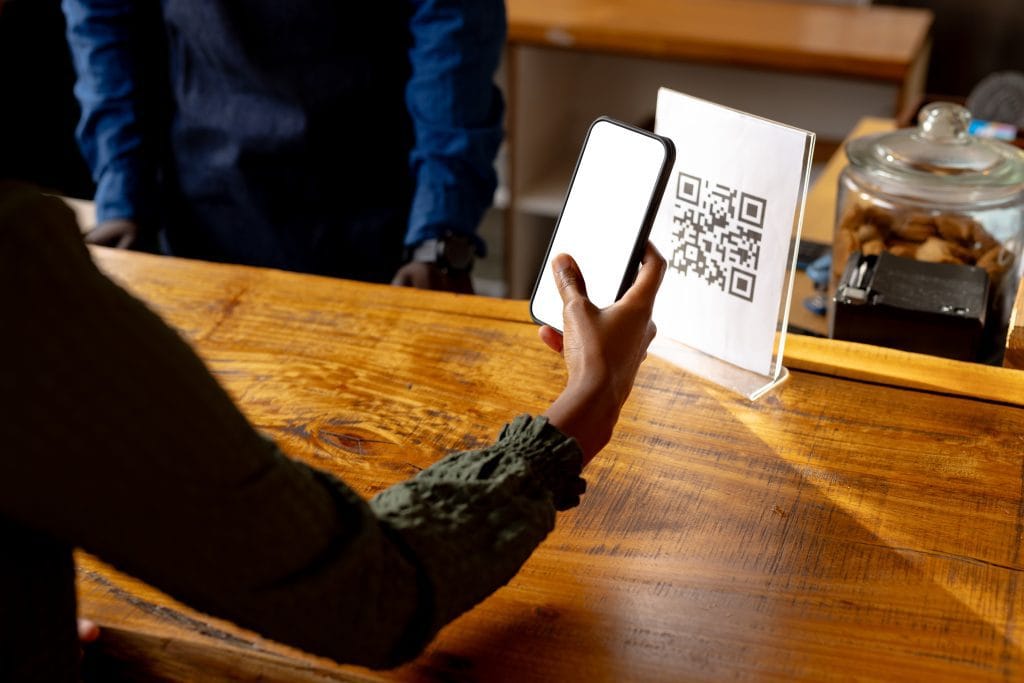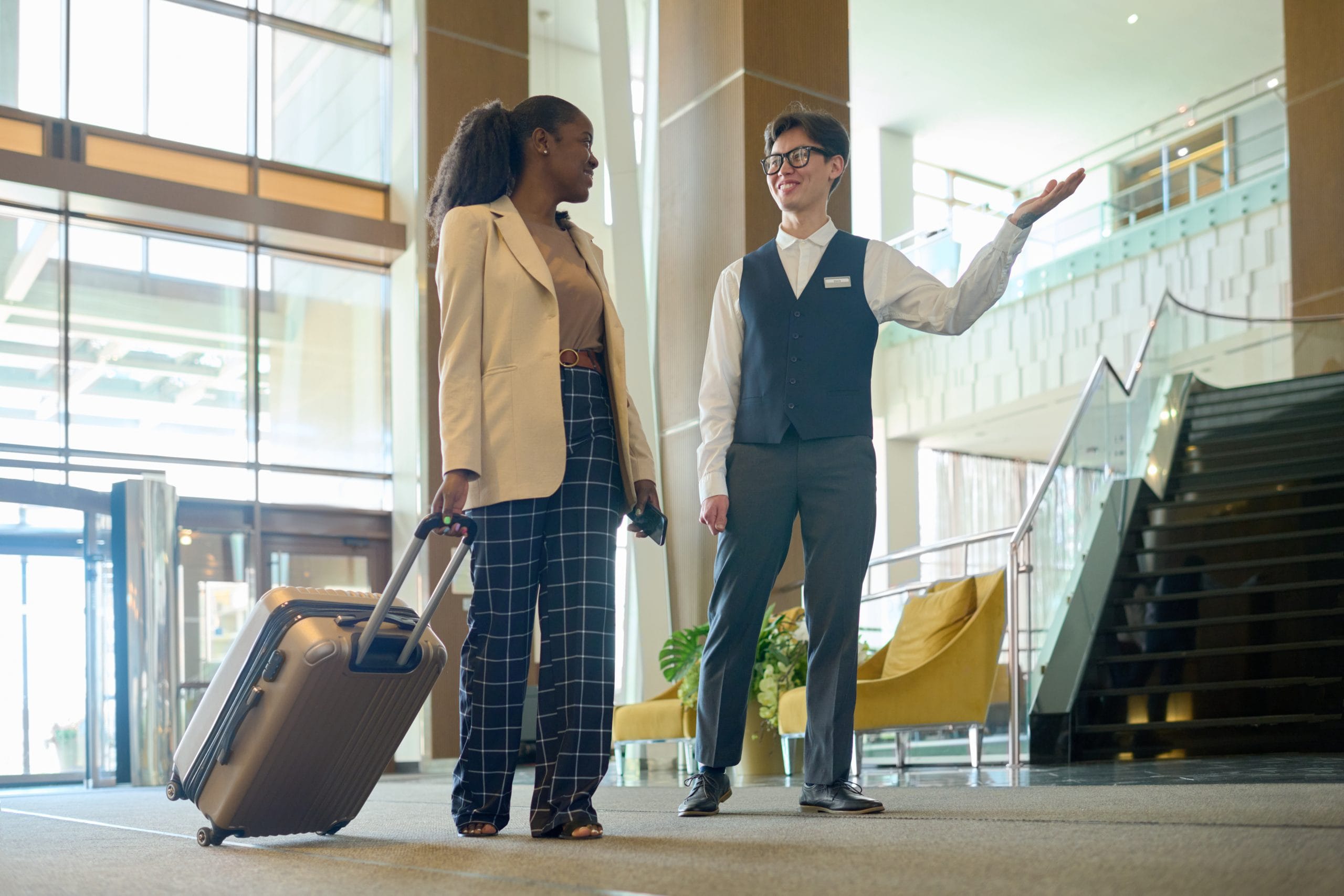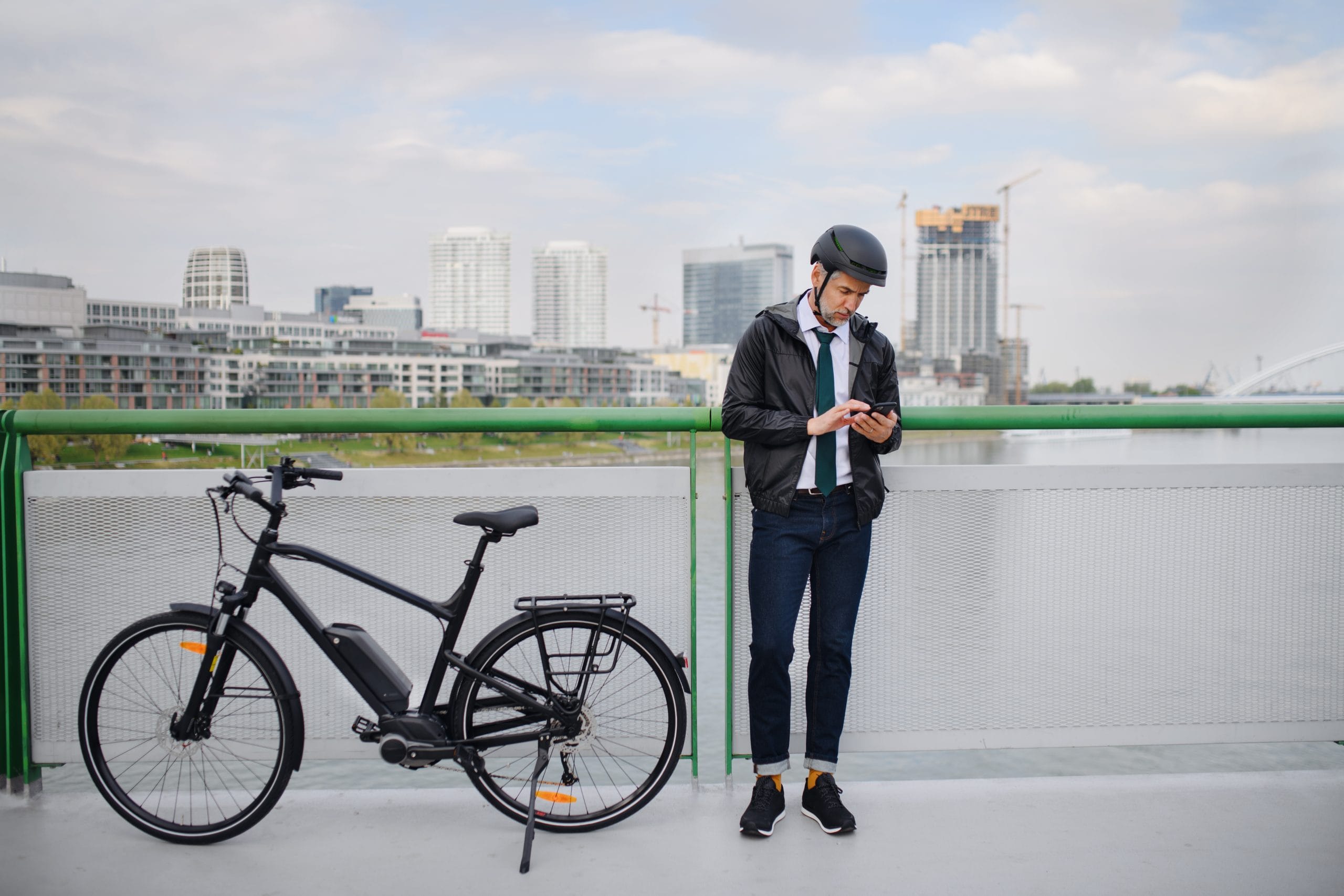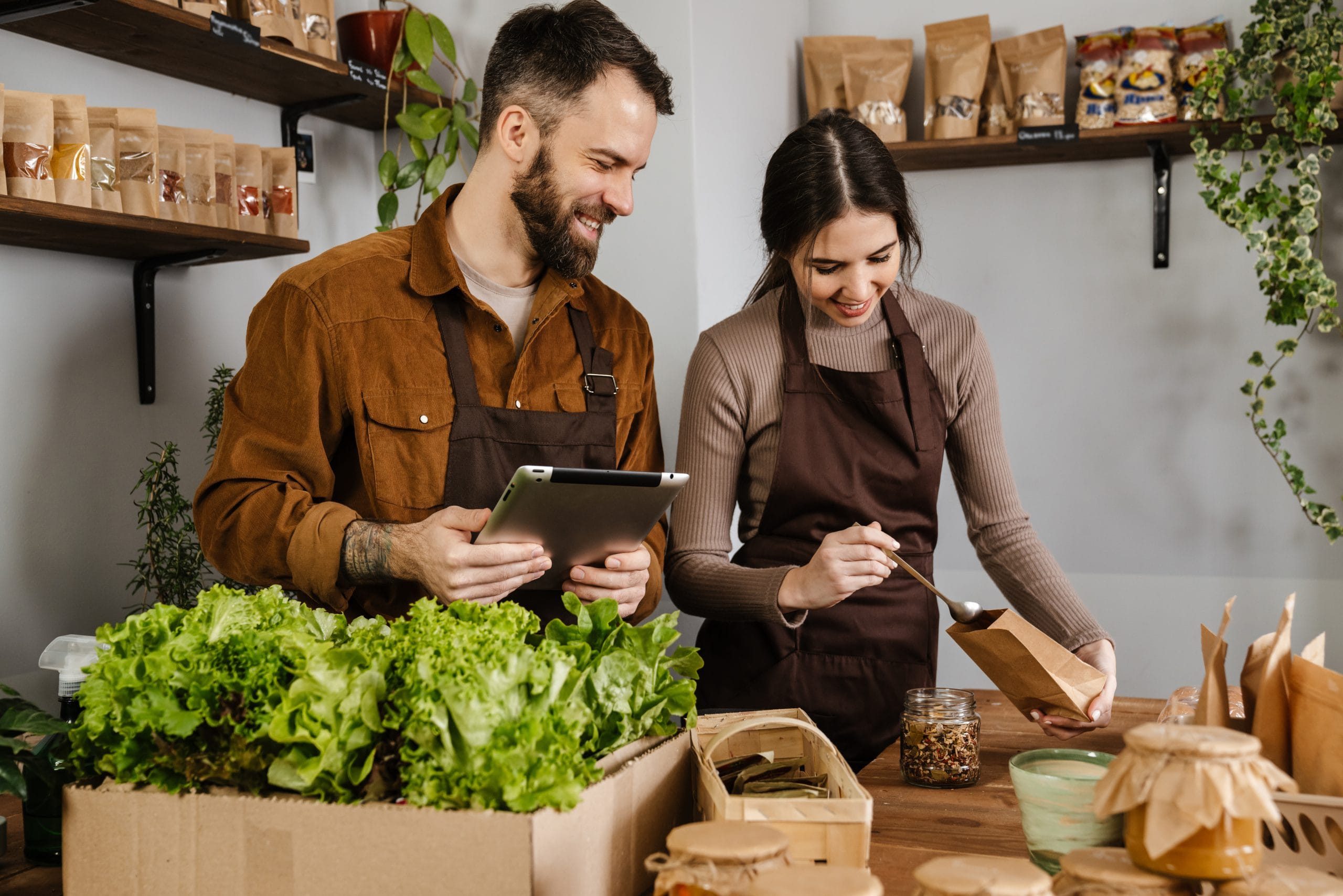It started as a solution to a public health crisis, but QR code menus have become more than just a touch-free way to order food. In many hospitality environments—restaurants, hotels, resorts, cruise lines—they are shaping how guests interact with offerings and, perhaps more importantly, how those offerings are monetized.
The hospitality sector has long relied on subtle techniques to increase ticket sizes. Table tents with featured cocktails, well-timed server suggestions, and elegant menu layouts have all played a role in encouraging guests to spend more. With digital menus now in play, those strategies are being reinvented for a new era of interaction.
QR code menus are not just a digital replacement for printed sheets—they are a platform for upselling, personalization, and data-driven service enhancement.
Why QR Code Menus Stick Around
When QR codes first started appearing on tables during the pandemic, many assumed they would be a short-term measure. But a few key advantages helped them stay—and spread. First, they reduce printing costs and make updates instantaneous. Second, they support real-time changes, such as removing sold-out items or adding limited-time offers.
More subtly, they also shift the interaction from staff-led ordering to self-led browsing. That change removes time pressure, gives guests more control, and opens the door for more deliberate discovery. This dynamic has created a unique opportunity for upselling that feels less like a push and more like an invitation.
Restaurants such as Sweetgreen and DIG have fully embraced mobile-based ordering environments, which allow for high customization, dynamic pricing, and promotional triggers that are difficult to replicate with traditional menus. In many cases, the digital interface itself encourages greater engagement—users tap deeper, scroll longer, and spend more time exploring options.
Enhancing Visual Appeal and Curiosity
Printed menus come with spatial limitations. Only so many words and pictures can fit without cluttering the design. QR code menus, on the other hand, offer infinite scrolls, image galleries, interactive layouts, and even video. These multimedia elements help tell a richer story about premium ingredients, chef specials, or curated pairings.
When a guest sees a visually appealing image of a dessert or a cocktail, they are more likely to consider ordering it—especially if that image is followed by a recommendation like “pairs well with” or “our most popular add-on.” This technique taps into impulse buying in a way that printed menus and even verbal suggestions cannot always match.
A hospitality brand like Marriott Bonvoy is beginning to experiment with QR-driven upselling not only in dining but in-room service as well, offering late checkout, room upgrades, or spa treatments directly through mobile-activated menus placed inside rooms or lounges.

Data-Driven Personalization and Offers
The use of QR code menus opens the door to personalized upselling—especially when paired with user data or loyalty programs. A first-time guest might receive a prompt to try the restaurant’s signature appetizer at a discount. A repeat visitor might be greeted with a “welcome back” offer for a premium cocktail.
Over time, systems can learn preferences, popular combinations, and ordering patterns. That intelligence can be used to surface targeted suggestions, timed add-ons, or bundles tailored to the moment of ordering.
Some platforms, such as Bbot and GoTab, are already building tech that allows for AI-powered recommendations to be built into the menu flow. These smart menus behave similarly to e-commerce product pages, offering “You might also like” suggestions based on previous choices or common combinations.
While traditional servers can pick up on customer cues, digital menus have the potential to personalize suggestions instantly and at scale—without adding staff or waiting for human interpretation.
Redefining Server Roles and Guest Interaction
There is a common misconception that QR code menus replace human service. In reality, they shift the role of staff from order-takers to experience-enhancers. With the transactional part of the meal handled digitally, front-of-house teams can focus more on storytelling, recommendations, and hospitality touchpoints.
Some restaurants are even training staff to act as digital concierges—helping guests navigate the menu, sharing personal favorites, or explaining pairings—without hovering or rushing the ordering process.
This blended service model, where humans and technology work together, is creating a new guest experience rhythm. It is particularly valuable in high-volume environments where speed matters but ambiance and interaction still count.
Upselling, in this context, becomes less of a pitch and more of a nudge—delivered both through the screen and through human connection. It also allows staff to focus on the higher-value parts of service, such as handling questions about wine or dietary preferences, which are less easily addressed through automation.
Leveraging Time and Mood
QR code menus give restaurants more control over menu timing. Specials can rotate throughout the day. Happy hour deals can activate at 3 PM and disappear at 6 PM. A dessert prompt can appear ten minutes after a main course is ordered. The menu can be more than static—it can be dynamic.
This level of responsiveness is hard to achieve with printed formats. It aligns with what streaming services and e-commerce platforms have mastered: anticipating what a user wants based on timing and context.
Late-night guests might be nudged toward indulgent comfort foods. Morning users might see a reminder about an energy-boosting smoothie. Guests on vacation at a resort may be encouraged to “elevate your evening” with a featured cocktail or room-service snack after 8 PM.
This form of smart upselling is not just about selling more—it is about selling the right thing, at the right time, in the right way.
Avoiding Overload: The Art of Restraint
The ability to upsell digitally is powerful, but there is also risk. If a QR code menu becomes bloated with pop-ups, constant prompts, or too many cross-sell items, it can overwhelm the user. Hospitality is still about comfort and experience. A cluttered digital interface can have the opposite effect.
Successful digital menus balance discovery with clarity. They use simple visual language, clean layouts, and intuitive navigation. Upsell opportunities are layered in without being intrusive. It is not about turning the menu into an advertisement—it is about enhancing the journey through subtle cues and relevant suggestions.
Venues like Soho House have built digital ordering platforms that reflect their brand’s design aesthetic—sleek, curated, and minimal—proving that upselling and elegance can go hand in hand.

Implications for Hotel and Resort Dining
While much of the attention on QR code menus has been in restaurants, hotels and resorts are also tapping into their potential. Poolside ordering, in-room dining, rooftop lounges—all become opportunities for upselling when digital menus are placed strategically.
Guests can access full menus without needing a phone call or waiting for a server. Add-ons like drink upgrades, snacks, branded merchandise, or spa appointments can be seamlessly woven into the experience. In some upscale properties, these prompts are embedded in room tablets or even TV screens, turning the entire guest room into a commerce touchpoint.
Upselling in this context feels helpful rather than transactional. It is about convenience, access, and timely nudges that invite rather than demand.
Not Just a Pandemic Trend
QR code menus have outlived their emergency use case. They are becoming central to how hospitality operates—especially in environments that value speed, personalization, and seamless service.
The shift has implications not only for revenue, but for brand perception. Guests who associate a venue with smart design, easy ordering, and thoughtful suggestions are more likely to return—and more likely to spend.
Digital menus also bring a layer of agility to hospitality businesses. They can adapt quickly to supply chain disruptions, seasonality, customer trends, or promotional opportunities. That kind of adaptability is no longer optional in a competitive, fast-moving landscape.
Closing Remarks
QR code menus are more than a digital replacement for printed pages—they are reshaping the way hospitality businesses connect with guests, design experiences, and drive revenue. From visual storytelling and dynamic pricing to personalized offers and context-driven nudges, they offer a new layer of opportunity for upselling in subtle, strategic ways.
As more venues experiment with smart menus and mobile-first guest experiences, the role of the menu is being redefined—not as a static list of options, but as a dynamic tool for engagement and growth. For entrepreneurs and business professionals in hospitality, understanding this shift could make all the difference in staying competitive and relevant in the years ahead.








